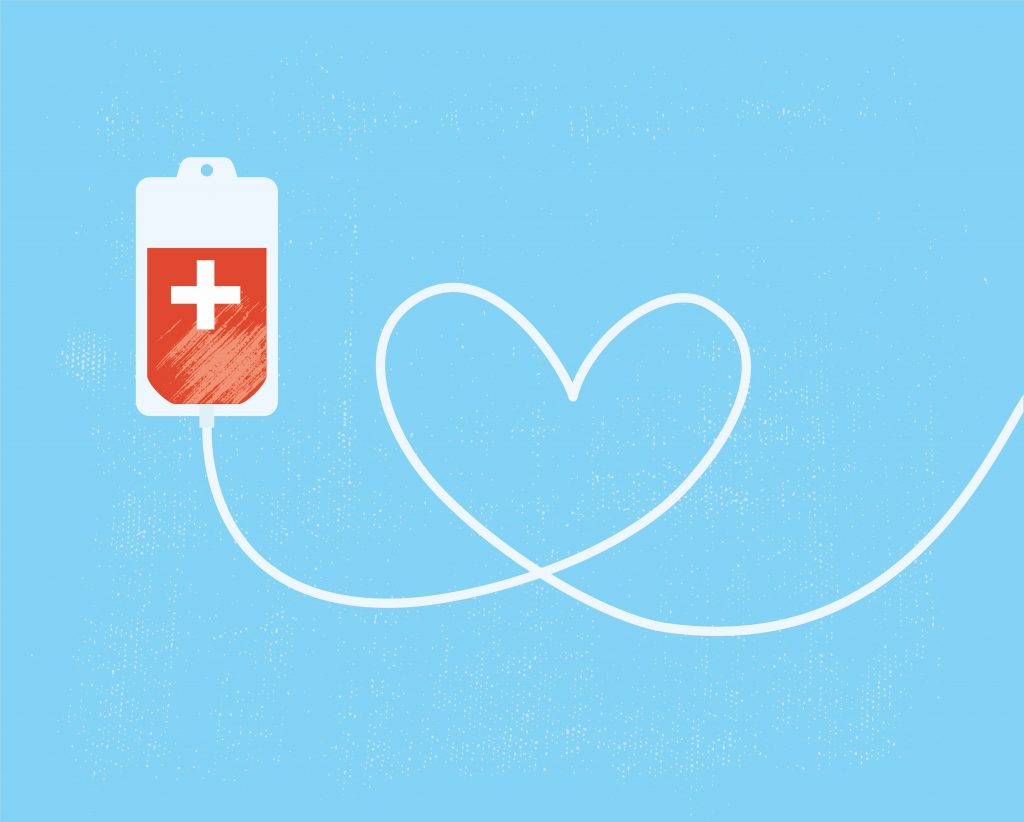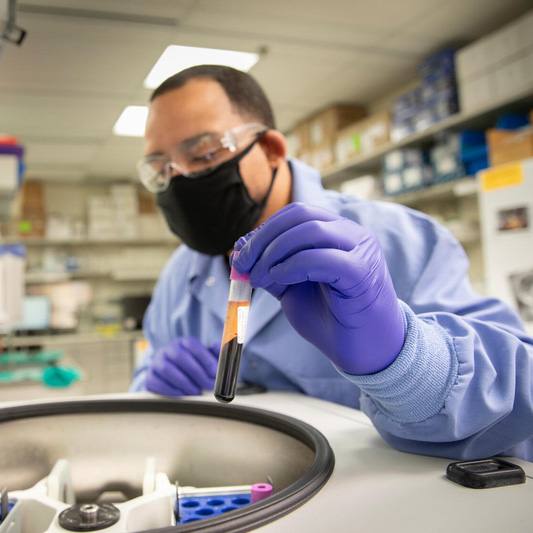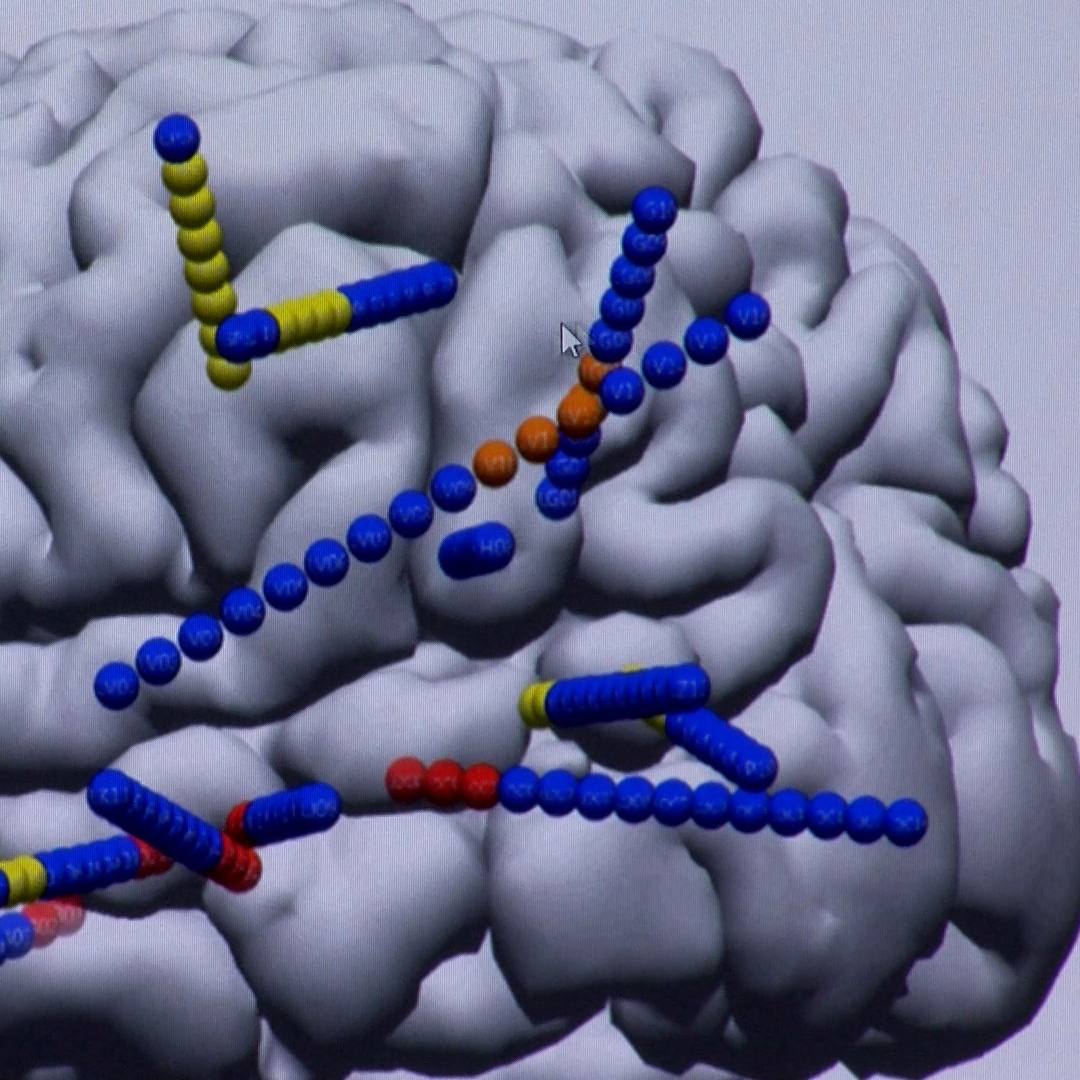-
Featured News
Consumer Health: Blood donation saves lives; you can make a difference

The World Blood Donor Day campaign, which is observed Tuesday, June 14, is an effort by the World Health Organization to recognize the critical contribution of blood donors and raise global awareness about the need for safe blood and blood products for transfusion year-round. The roles that voluntary blood donations play in saving lives is a special focus of this year’s campaign.
Nearly 16 million blood components are transfused each year in the U.S., according to the American Red Cross. Daily needs include 29,000 units of red blood cells, 5,000 units of platelets and 6,500 units of plasma.
People need a blood transfusion for many reasons. Some may need blood during surgery. Others depend on it after an accident or because they have a disease that requires blood components.
Blood donation makes all of this possible. There is no substitute for human blood. All transfusions use blood from a donor.
The four blood types — A, B, AB and O — are differentiated by specific proteins called "antigens." And blood also is classified by the rhesus, or Rh, factor — negative or positive. Ideally, blood transfusions are performed with donated blood that's an exact match for type and Rh factor. For emergency transfusions, especially if the situation is life-threatening or the matching blood type is in short supply, blood group Type O-negative blood is the variety of blood that has the lowest risk of causing serious reactions for most people who receive it. Because of this, it's sometimes called the universal blood donor type.
Blood donation is a voluntary procedure that can help save the lives of others. Several types of blood donation meet different medical needs. The most common type is whole blood donation. About a pint of whole blood is donated, and the blood is then separated into its components: red cells, plasma and platelets.
To be eligible to donate whole blood, plasma or platelets, you must be:
- In good health.
- At least 16 or 17, depending on the law in your state. Some states allow minors to donate with a parent's or guardian's permission. While there's no legal upper age limit, policies may vary among donation centers.
- At least 110 pounds.
- Able to pass the physical and health history assessments.
If you aren't already a blood donor, consider becoming one. Your gift can mean the world to someone in need.
Connect with others donating blood and their stories in the Blood Donor Program blog on Mayo Clinic Connect, an online patient community moderated by Mayo Clinic.







